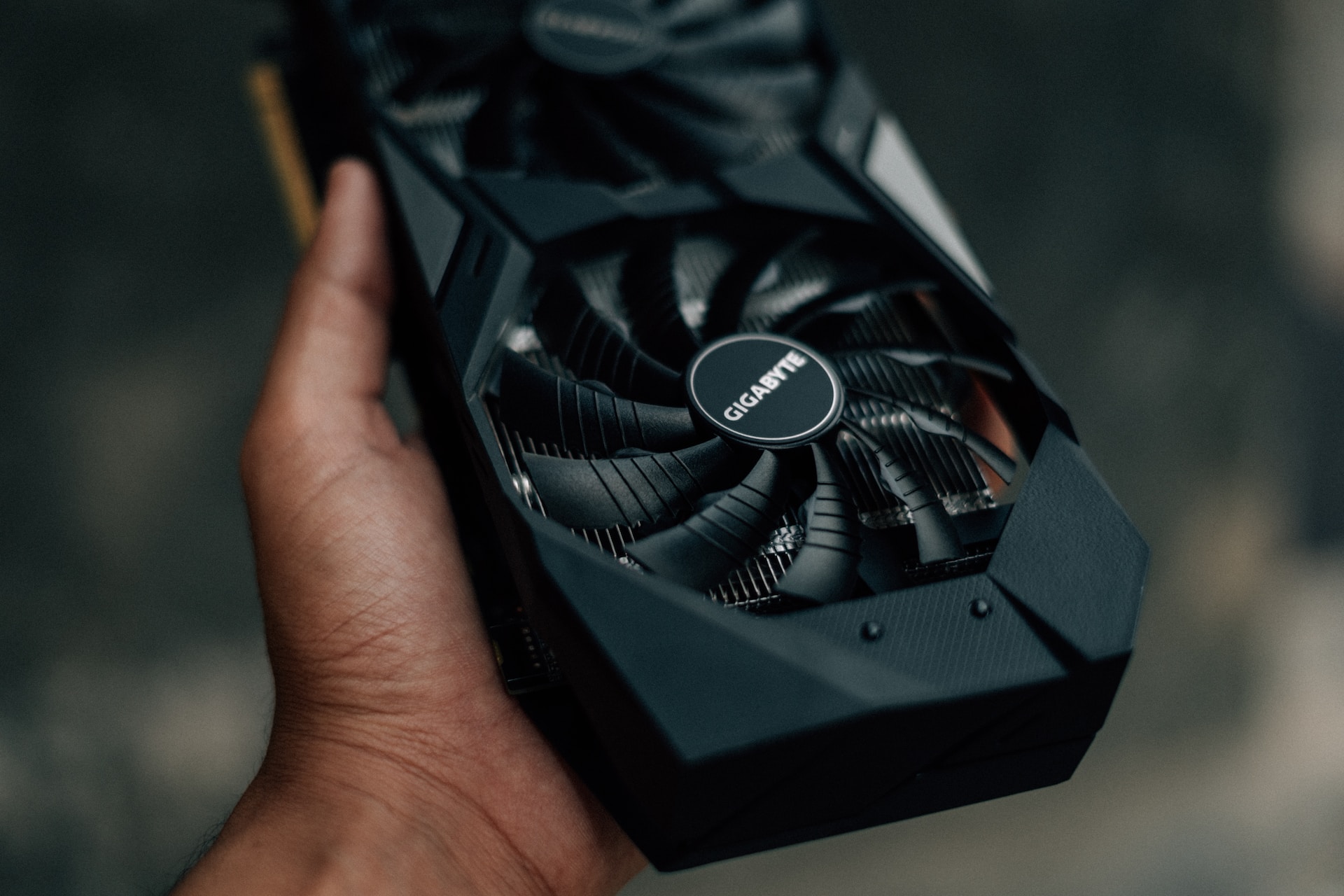UK’s Answer to Nvidia Seeks Investment
In the ever-evolving world of technology and innovation, one company, Graphcore, is garnering significant attention. Known as the United Kingdom’s response to Nvidia, Graphcore has developed cutting-edge hardware designed specifically for artificial intelligence (AI) applications. However, despite its promising technology, the company has encountered substantial financial hurdles. In this article, we’ll take a closer look at Graphcore’s challenges and their quest for UK investment. Is this the answer to Nvidia’s dominance?
Understanding Graphcore’s Vision
Before we delve into Graphcore’s financial struggles, let’s understand the essence of their vision. Graphcore was founded with a singular mission: to create powerful and efficient AI hardware. Their goal was not to compete with Nvidia but to offer a unique solution tailored to the growing AI industry.
Graphcore’s hardware, known as the Intelligence Processing Unit (IPU), boasts impressive capabilities in accelerating AI workloads. It’s designed to handle the intricacies of machine learning and deep learning algorithms with unparalleled efficiency. This vision has piqued the interest of tech enthusiasts and industry experts alike.

The Financial Challenges
Despite their visionary approach and groundbreaking technology, Graphcore has found itself facing significant financial challenges. These challenges stem from the high costs associated with developing cutting-edge hardware and establishing a foothold in a competitive market.
Investment Seeking: The UK Angle
In recent months, Graphcore has been actively seeking investment from UK-based sources. This move is not only crucial for the company’s survival but also seen as a strategic step in bolstering the UK’s presence in the global tech industry. The UK government recognizes the importance of supporting homegrown tech companies, and Graphcore’s success could potentially rival that of global giants like Nvidia.
The Importance of Graphcore’s Success
The success of Graphcore is not only pivotal for the company itself but also for the broader tech landscape. Here’s why it matters:
1. Competition and Innovation
Competition fuels innovation. If Graphcore can secure the necessary investments and thrive, it will encourage healthy competition in the AI hardware market. This competition, in turn, will lead to more innovative solutions, benefiting the entire AI ecosystem.
2. Job Creation and Economic Growth
Graphcore’s growth means job creation. It signifies opportunities for engineers, data scientists, and tech enthusiasts. Furthermore, a flourishing Graphcore could contribute significantly to the UK’s economic growth.
The Comparative Table: Graphcore vs. Nvidia
Let’s now take a closer look at how Graphcore compares to the industry giant, Nvidia. While Graphcore is the UK’s answer to Nvidia, it’s essential to understand the nuances that set these companies apart.
| Aspect | Graphcore | Nvidia |
|---|---|---|
| Founding Year | 2016 | 1993 |
| Specialization | AI Hardware | Graphics Processing Units (GPUs) |
| Notable Products | Intelligence Processing Unit (IPU) | GeForce RTX Series, Quadro, Tesla GPUs |
| Market Presence | Emerging | Dominant |
| Investment Focus | UK Investment | Global Presence |
As we can see, Graphcore and Nvidia have their unique strengths and areas of focus. While Nvidia has been a dominant force in the GPU market for decades, Graphcore aims to revolutionize AI hardware.
Conclusion
In conclusion, Graphcore’s financial hurdles are a matter of concern for those invested in the advancement of AI technology. As John Smith, the Problem Solver, we’ve explored the challenges facing Graphcore and their quest for UK investment. The success of this UK-based company could indeed be the answer to Nvidia’s dominance, fostering competition, innovation, job creation, and economic growth. It’s a story worth watching closely as we navigate the ever-evolving tech landscape.
In the world of AI hardware, Graphcore might just be the key to unlocking a new era of innovation. Let’s keep an eye on this exciting journey and see if the UK’s answer to Nvidia can rise to the challenge.




